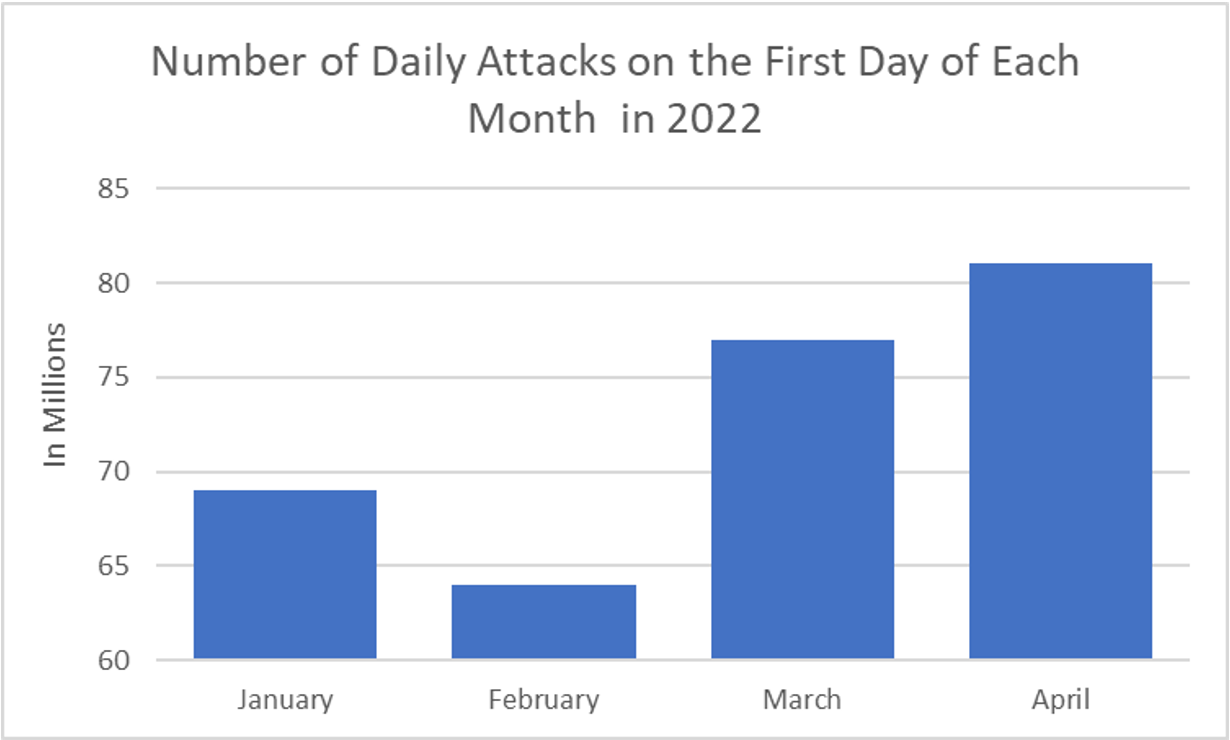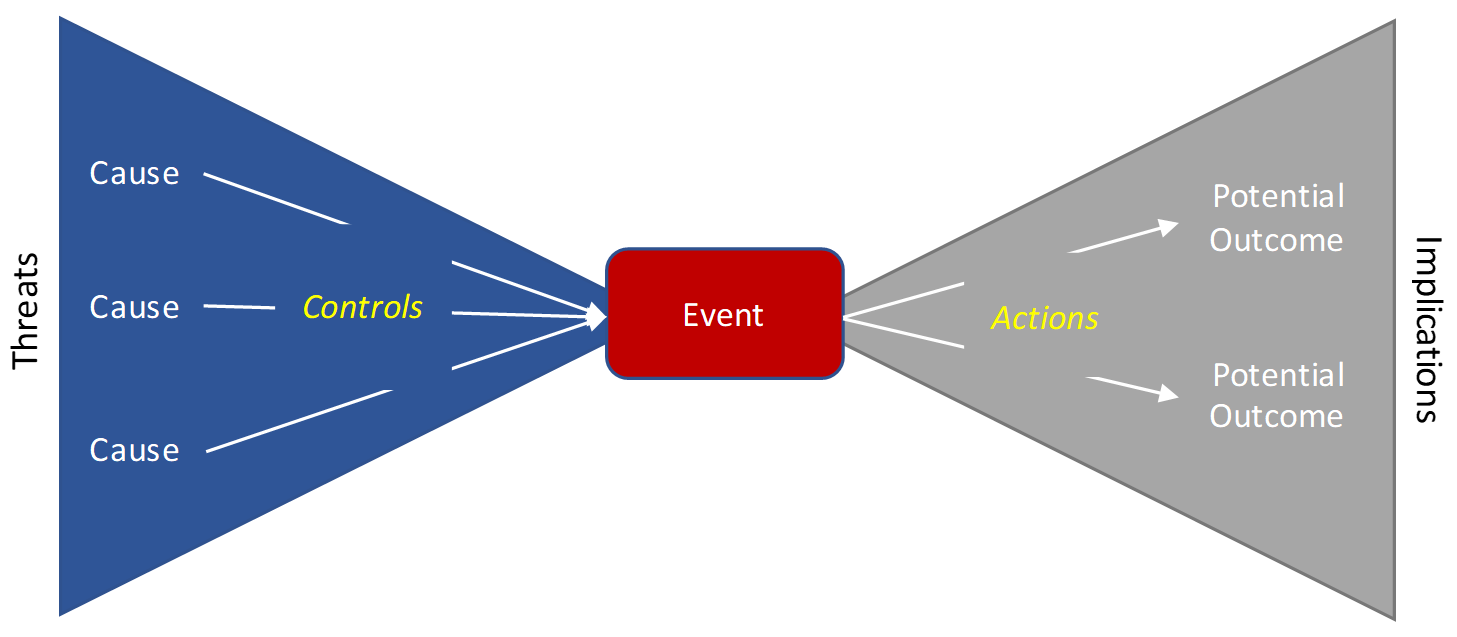Other industries targeted – education and government entities
as well as COVID-19 research, election organizations,
healthcare and pharmaceutical, defense, energy, gaming, nuclear commercial facilities, water,
aviation, and critical manufacturing.
The average number of daily attacks globally, is about 65
million, with spikes in late January, February, and early April.

Source: Check Point Live Threat Map
Several options are available for businesses to holistically understand their cyber risk
profile,” says Ladd Muzzy, Director, Enterprise Risk Management, Aon. “The approach
includes understanding the triggers to a cyber event, the technology and asset impacted, and the
outcomes (e.g., financial, reputation, compliance, etc.).”
By quantifying first- and third-party financial impacts and understanding the extent to which current
risks are insurable and retained on the balance sheet, organizations can better manage their cyber
risk profile, thereby improving the Total Cost of Risk (TCoR).
Businesses will also be able to develop effective risk financing and insurance solutions and provide
clarity to management on the optimal investment in cyber risk mitigation and transfer, thereby
protecting stakeholder value.
Steps to increase employee and vendor awareness around cyber threats and
exposures
- Use a strong password, either generated automatically by some operating systems or 12 to 15
characters in length, including special characters and symbols
- Use dual-factor-authentication either through email, text, or a combination of both
- Ensure that your anti-virus is current
- Use a VPN (Virtual Private Network)
- Only use trusted Wi-Fi sources
“The prevailing mindset is that it’s not just a case of if you are susceptible to a
cyber-attack, but rather when the attack will occur,” Muzzy advises. “Ensure that there
is an understanding of the causes to a cyber threat and its implications to ensure that your
organization, and those critical to its success, are protected.”
Human Capital
The Russo-Ukraine conflict is taking a toll on employees. On top of unexpected challenges such as the
two-year pandemic and economic uncertainty, the Ukraine crisis has added to the woes of employees.
Many are directly impacted by the humanitarian crisis, experiencing migrations and lack of basic
necessities in Ukraine. Others have become unemployed as companies including Starbucks and
McDonald’s have halted operations in Russia.
- 29% of the workforce is relocating to another country
- 43% of the workforce is relocating within Ukraine
- 40% remain in their home location
Source: Aon's March 2022 Ukraine Pulse Survey
Organizations are responding by providing:
- Salary advances to employees
- Paid temporary accommodation for employees and immediate families (housing allowance)
- Assistance to relocate, transportation, and visa/tax
- Security assistance
- Relocation assistance to employees who have family in Ukraine, even though the employee may not
physically reside there
- Hardship allowance
- Financial loan(s)



